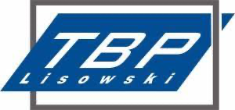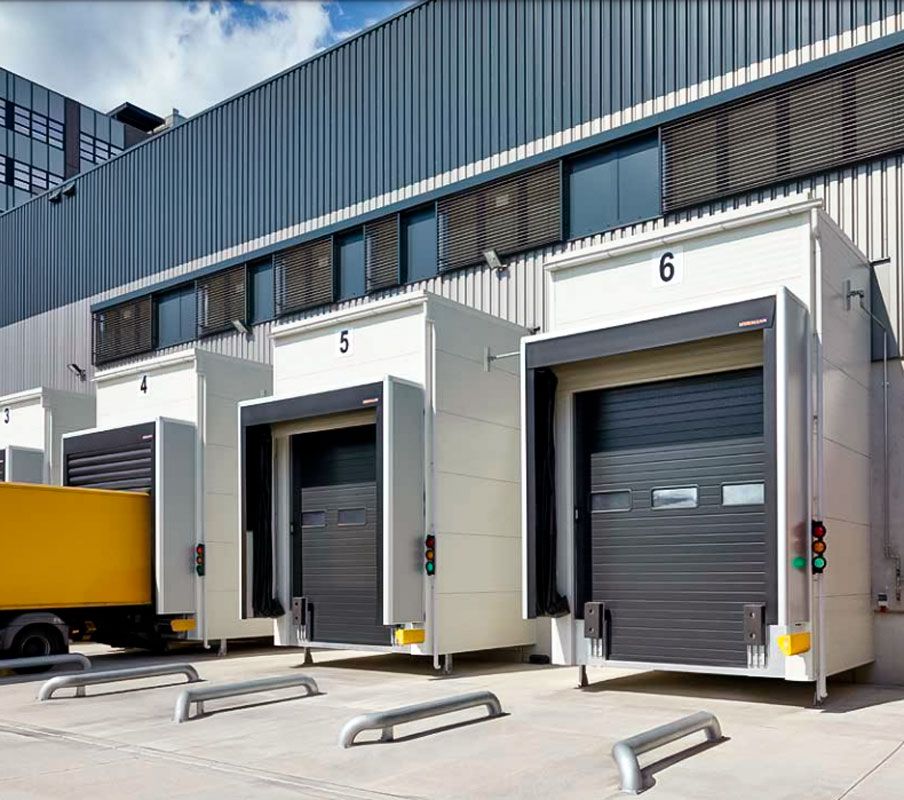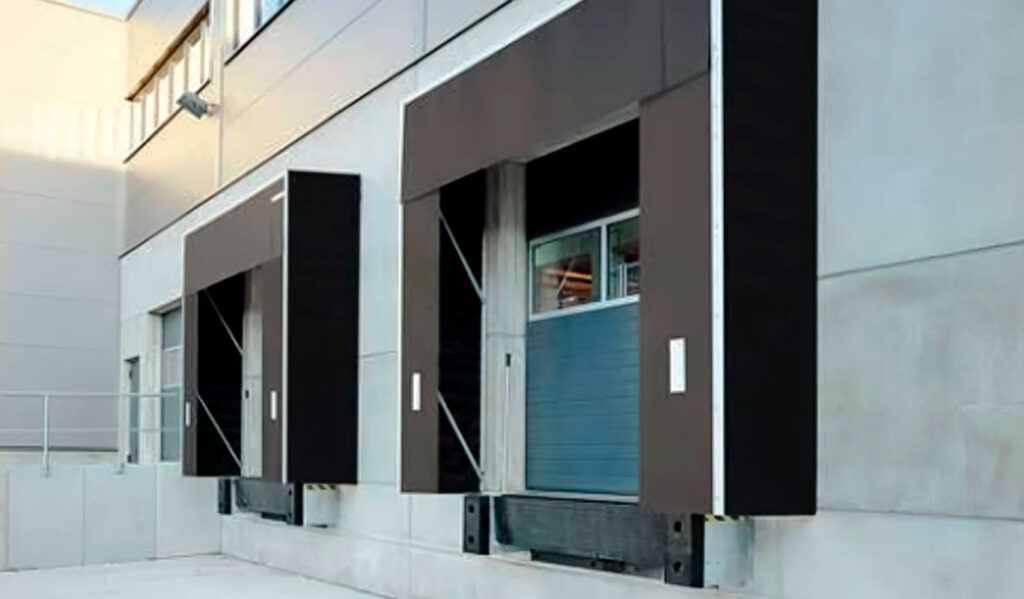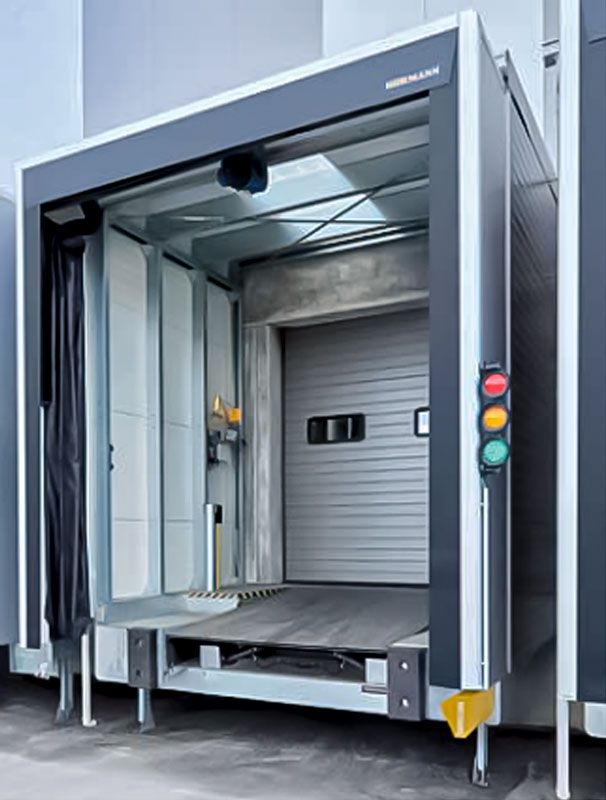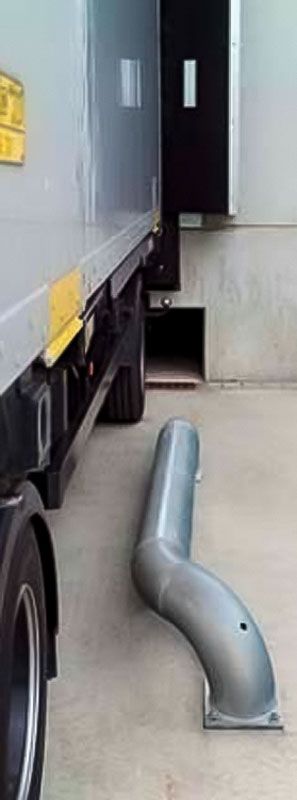Loading levellers
Loading levellers allow goods to be unloaded and loaded quickly. They connect vehicle loading area to the ramp, correcting the level difference.
We offer:
- dock levellers with hinged lip,
- dock levellers with telescopic lip.
Loading houses
Loading houses are placed in front of the building. That kind of solution saves the space and offers enormous energy savings potential. This means that the entire building space can be used, right up to the exterior walls. The door does not close and open on the loading ramp but it is driven behind it to the hall floor. Loading houses with insulated doors are recommended to reloading temperature-sensitive goods and for renovation purposes.
The loading house consists of:
- pedestal feet with dock leveller
- steel construction with side walls and the roof panel made of steel panels
- dock shelter and seal
- door
Dock shelters
Dock shelters protect goods and people against the influences of weather during the loading and unloading process. They effectively reduce loss of heat in heated halls, in the summer they ensure proper transport circumstances of frozen and cooled goods.
Types:
- Flap dock shelters – of universal use, they adapt to different vehicle heights.
- Inflatable dock seals – protect against the penetration of cold air from outside to the inside. It seals fully the loading space. After finishing the loading and switching off the blower, the cushions quickly retract through internal tensioning cables and counterweights.
- Cushion dock seals – seal the air gap between the lorry and the open door. However, that kind of solution causes narrowing of the loading opening. Cushion dock seals are therefore not suitable for lorries with top flap.
Wheel guides
Wheel guides support the driver during centred docking at the loading point or dock shelter. It prevents damage to the vehicle, ramp and seal. There are available two versions: straight and curved.
Buffers
They protect the dock leveller and building from damages. They cushion the lorry’s dynamic forces made during the docking. They are stable and elastic at the same time.
